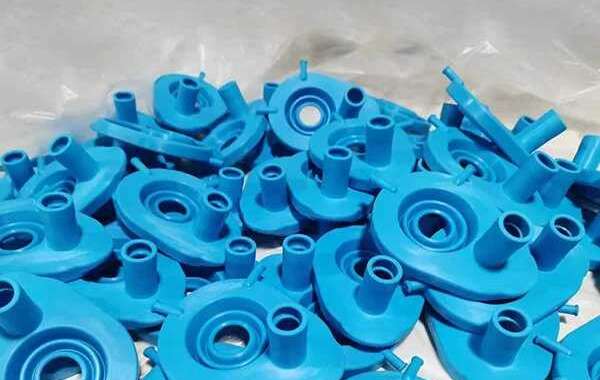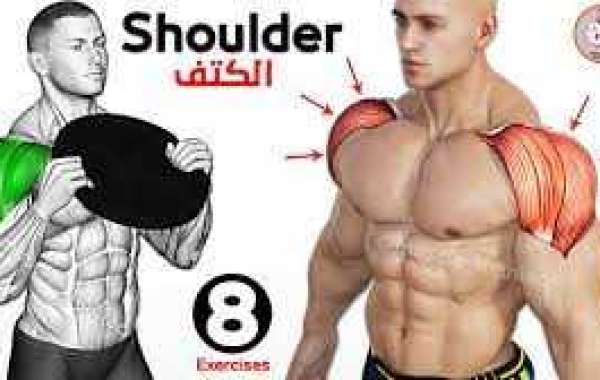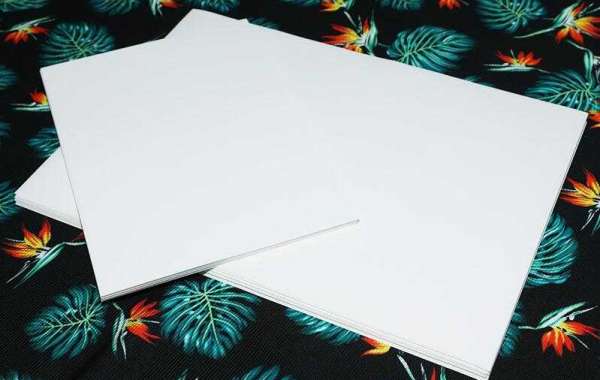Parylene adopts a unique chemical vapor deposition process. The whole process is a gaseous reaction and is carried out under vacuum conditions, so it can obtain a very uniform coating and achieve isomorphism that is difficult to achieve by other methods. And during the coating process, the parylene monomer is able to penetrate the surface of rubber and plastic, thus providing excellent adhesion. The thin, transparent, flexible properties of Parylene enhance the performance of rubber and elastomeric components by protecting surfaces and improving surface properties. These improvements are made without degrading the functional performance of the part. Parylene produces truly conformally coated parts with a consistent thickness over flat surface areas and around the internal dimensions of holes. The pinhole-free parylene coating prevents the transfer of species into or out of the coated substrate, even in one or two micron layers.
One,Dry film lubricity of Parylene
Inherently excellent dry lubricating properties with a coefficient of friction close to that of PTFE make Parylene a valuable asset as a dry film lubricant, especially as a coating for surgical instruments. The barrier properties and chemical inertness of parylene are particularly suitable for use in biomedical objects or single-use medical instruments with rubber seals, plungers or diaphragms. This product can come into contact with human tissue for temporary or prolonged periods or it could be damaged.
Two,Parylene's barrier and resilience
Parylene coatings are also used on silicone rubber keyboards to prevent printed patterns, resist surface abrasion, and solve sticking problems while protecting the keyboard from dirt, dust, and oil. The applied film has a high dielectric strength without impairing the electrical insulating properties of the underlying rubber component. Parylene provides pinhole-free protection from moisture, corrosive body fluids, common gases, fungus and temperature. Increasing the coating thickness further improves chemical and solvent resistance without adding weight or substantially affecting the flexibility of the substrate.
Three,The advantages of Parylene coatings include:
1. Biocompatibility and biostability
2. Ultra-thin and lightweight
3. Micro-encapsulation function
4. Excellent dry film lubricity
5. Excellent chemical, moisture and electrical barrier
Maggie Nano Technology Co., Ltd. is a high-tech enterprise specializing in the RD, sales and production of Parylene vacuum coating equipment and its services. If you want to know more about parylene coating, welcome to consult!








